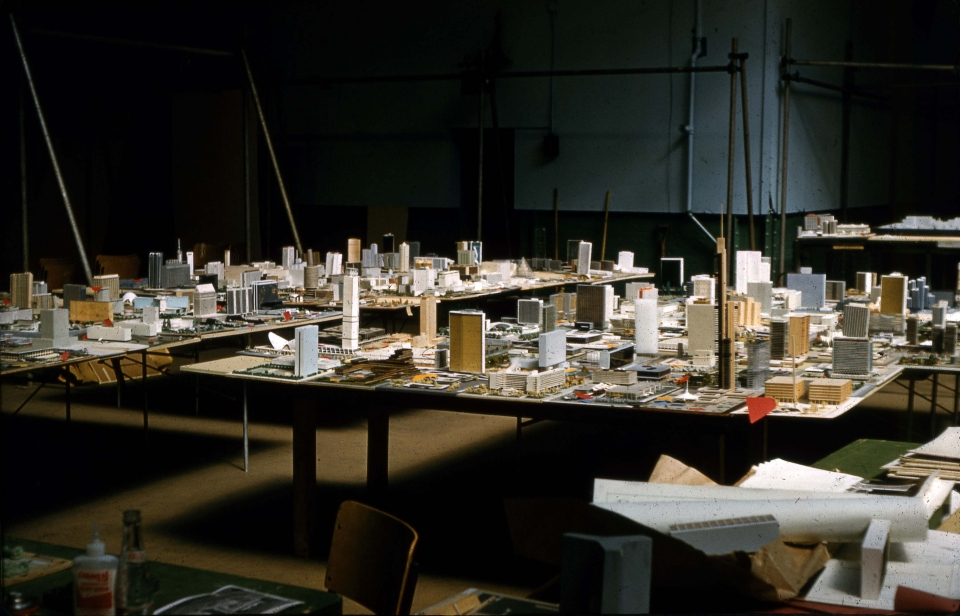The 1958 Toronto City Hall and Square competition brought the international debate on modern architecture to Canada. It also sparked a national discussion on the meaning of public monumental buildings in Canadian cities, the place of architectural competitions in the design of major civic projects, and the role of urban public space.
The entries to the Toronto City Hall and Square competition present an array of ideas about modernism and modernity as they emerged globally in the post-war period. In Canada, the competition shaped modern Canadian architecture and contributed to the emergence of a national cultural identity. Specifically, competitions arose for major public buildings and the public expected and enthusiastically received modern architecture for the shape, form and style of public building.
As the first large international competition for a Canadian civic building in the post-war era, this event raised the profile of architectural competitions in the commissioning of public architecture across the country. Competitions advanced new ideas about the importance of civic monuments under the rubric of the “new monumentality” and they explored new ideas for experiencing urban public space under the label of the “new empiricism.”

